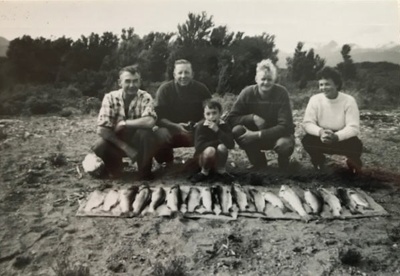1. Development and Evaluation of a Sonic Intrusion Detector.
- Author
-
SOUTHWEST RESEARCH INST SAN ANTONIO TEX, Fountain,Lewis S., Owen,Thomas E., Vest,James W., SOUTHWEST RESEARCH INST SAN ANTONIO TEX, Fountain,Lewis S., Owen,Thomas E., and Vest,James W.
- Abstract
A program was initiated to establish optimum design parameters and to incorporate these parameters into four specially developed pulse-echo type sonic intrusion detectors. The problem involved a study of ultrasonic pulse propagation in the atmosphere including reflection signals from target objects. A second part of the problem was the design, development and construction of the electronic system and transfer-reflector assembly. Ultrasonic pulse propagation measurements made both indoors and outdoors showed the air medium to have a nominal composite energy attenuation coefficient of 0.12 dB per foot for a transmitted pulse consisting of a burst of 23-kHz sound energy. Air turbulence under wind conditions of about 5 to 10 miles per hour caused received signals to fluctuate in amplitude by as much as 20 dB. Indoors the fluctuation was usually less than 5 dB. Under stronger wind conditions the greater turbulence caused echo signals to be received erratically because the narrow beam from the reflector assembly was swept completely off of the target. Reflection losses were measured for a number of selected targets. Generally, it was found that transmission loss versus target distance from the transmitter could also be calculated for the selected targets.
- Published
- 1969
